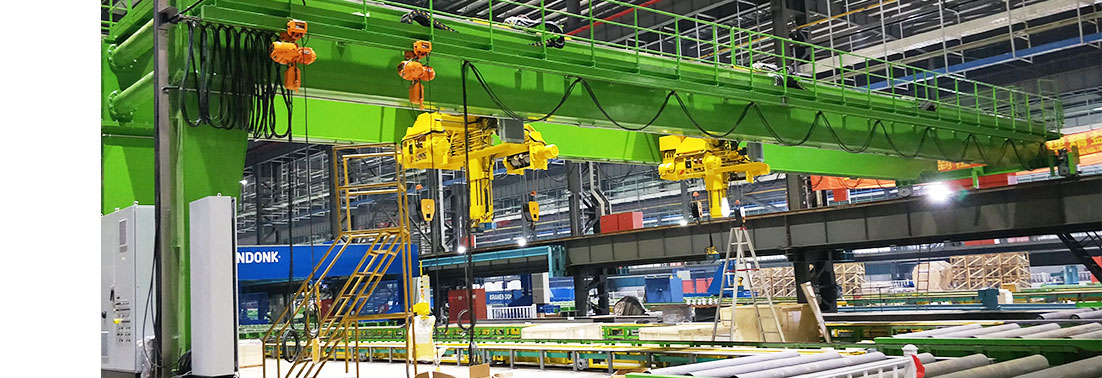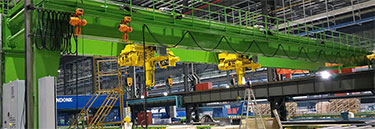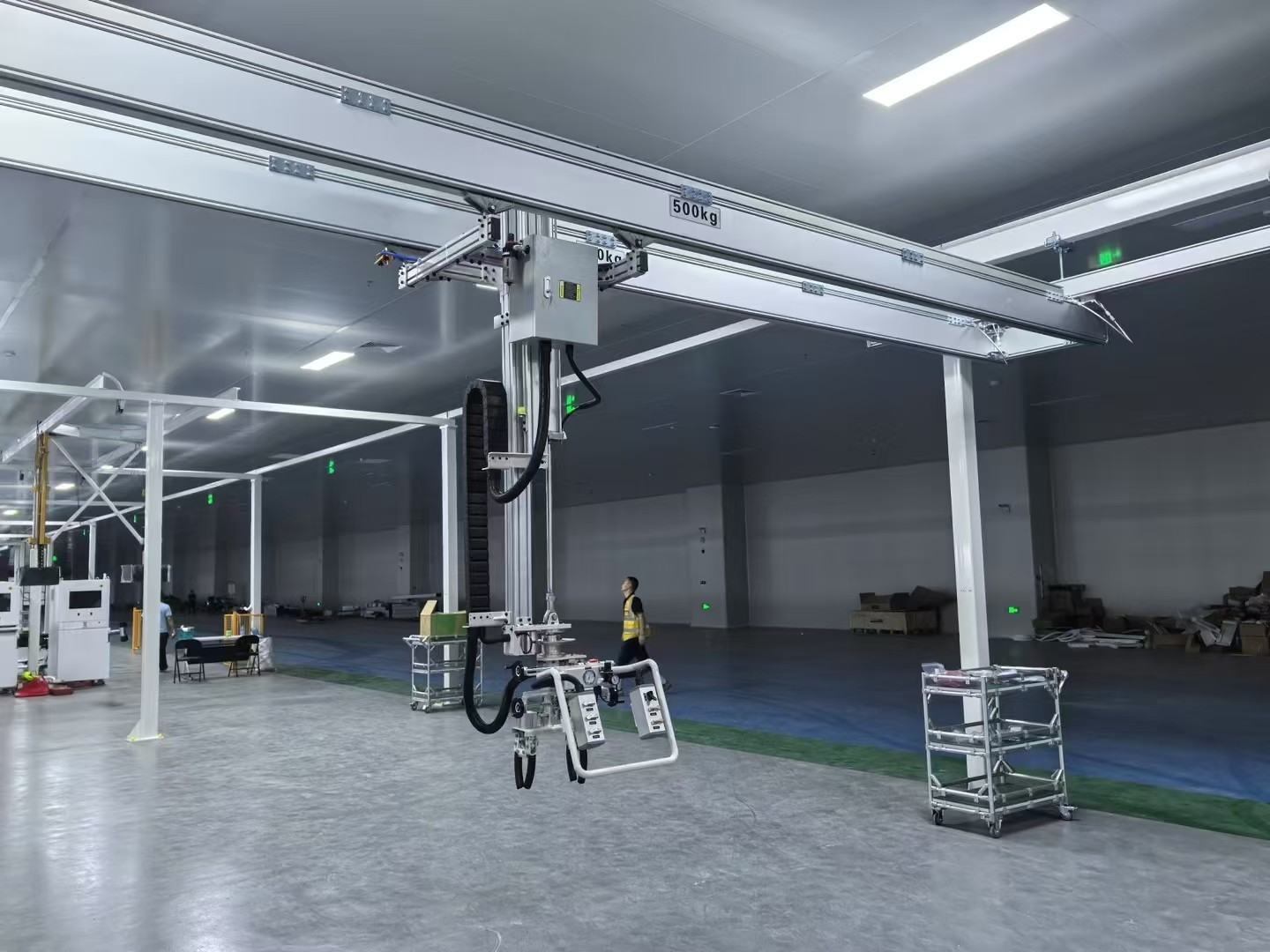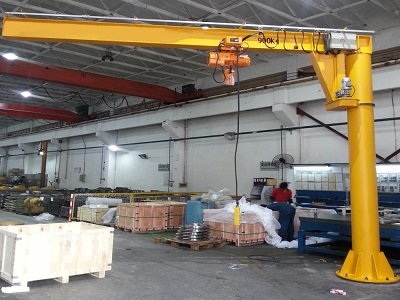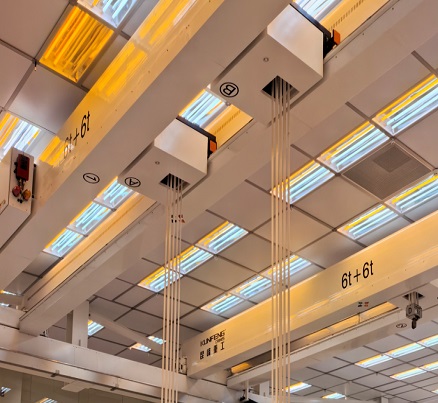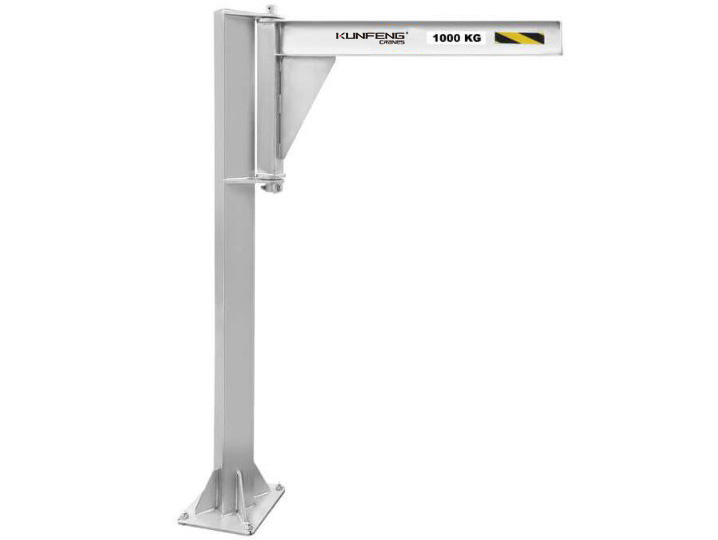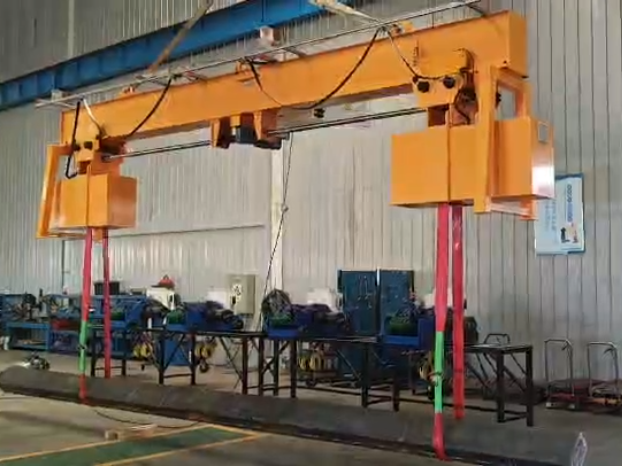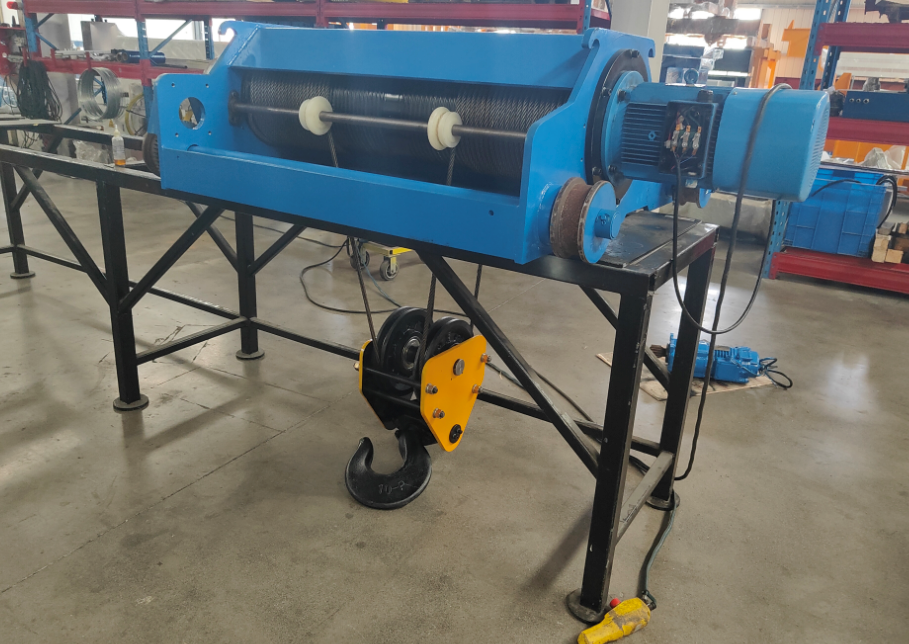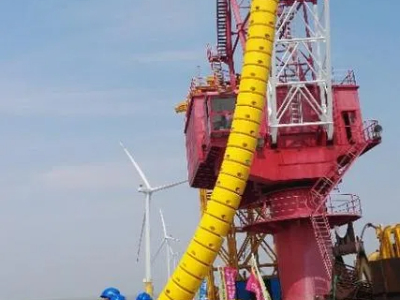
| Cable Bend Restrictors in Subsea Applications
Subsea cable bend restrictor (also called bend limiter) is a key component to protect underwater cables from mechanical failure caused by excessive bending. It is usually used with a J-tube centraliser or a bend stiffener to prevent the flexible tube from abrasion and excessive bending. The following is a detailed introduction to the structure, function, and application of the bend limiter.
Cable bend restrictor structural features
• Haver structure, module interlocking connection, easy installation
• Product density is 1.17g/cm3, close to seawater density, which can reduce additional load
• Maintain excellent tensile, bending, impact and other mechanical properties at -10℃-+70℃
• High-performance polyurethane material with excellent wear and corrosion resistance
• Guaranteed 25-year underwater service life
• The hardness of the bend limiter reaches 83D or can be customized, with strong anti-deformation ability
• Stainless steel or super bidirectional stainless steel fasteners can be used as needed
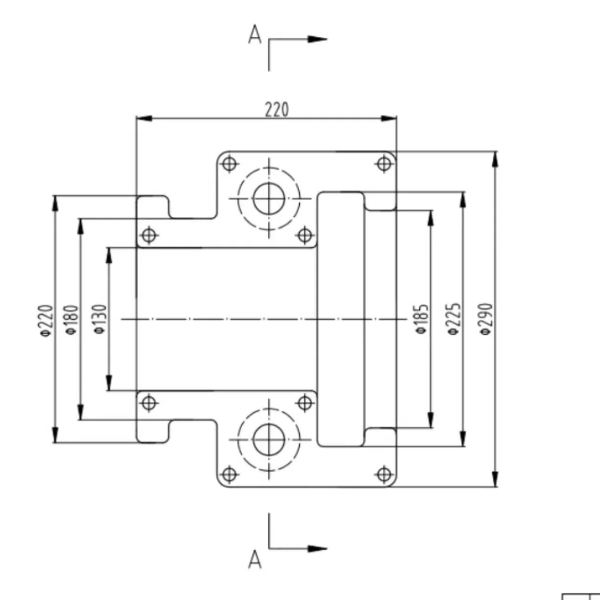
The role of subsea bend restrictor
• Prevent excessive bending: The bend limiter mechanically limits the bending radius of the cable to ensure that it does not exceed the minimum bending radius (MBR) specified by the manufacturer. Avoid damage to internal components (such as optical fiber, conductor, insulation layer).
• Provide structural support: Bend limiters provide gradual stiffness transition at the interface between flexible conduits and rigid structures, thereby reducing stress concentration and enhancing the mechanical integrity of the connection.
• Enhanced durability: Polyurethane is abrasion and impact resistant, and bend limiters can extend the service life of submarine cables, reduce maintenance requirements and operational risks.
• Reduce dynamic stress: Absorb impacts from ocean currents, ship movement or cable laying operations. Reduce fatigue caused by repeated bending in dynamic environments (such as floating wind farms).
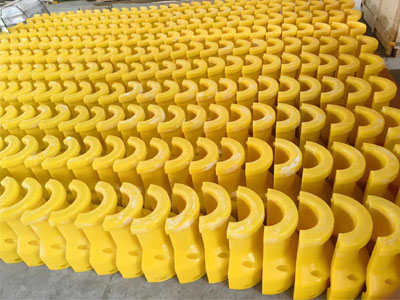
Equipment and industries that require bend limiters on the seabed
1. Subsea communications industry
Subsea fiber optic cables
Function: Prevent the optical cable from being dragged and bent excessively during laying, or from being hit by ocean currents or ships dropping anchor, causing the internal optical fiber to break.
2. Offshore wind power industry
Dynamic export cables
Function: Cables in floating offshore wind farms need to be installed with bend limiters between the buoy and the seabed to cope with wave dynamic loads.
3. Subsea oil and gas Industry
Flexible risers
Function: Connect the subsea wellhead with the floating production storage and offloading vessel (FPSO) to limit the bending radius of the riser under the platform movement or ocean current.
Jumpers
Function: Connect subsea Christmas trees, manifolds and other equipment over short distances to prevent accidental bending during installation or maintenance.
Subsea control cables (Umbilicals)
Function: Protect internal pipelines that transmit electricity, hydraulics and signals from damage due to bending in high-pressure deepwater environments.

Submarine cable protection system has excellent wear resistance and impact resistance, and can customize the size, hardness, color and length of cable bending limits according to the usage scenario. Choosing an experienced manufacturer is the key to ensuring the efficient progress of the project. Welcome to contact us for consultation on submarine cable protection accessories!

